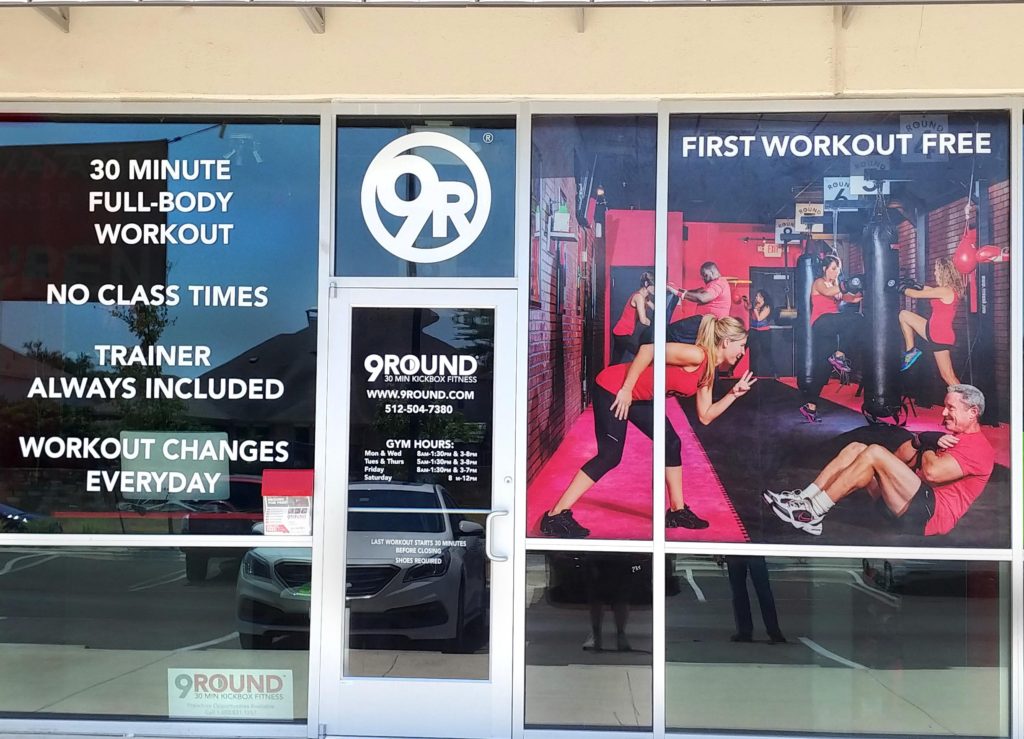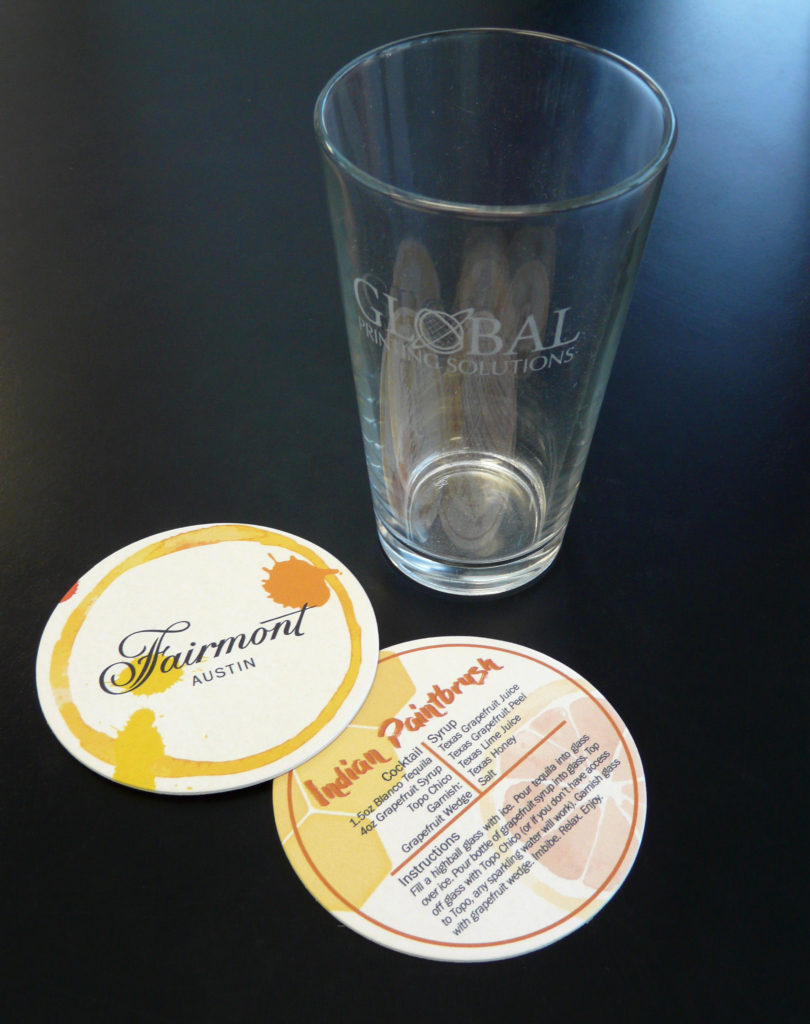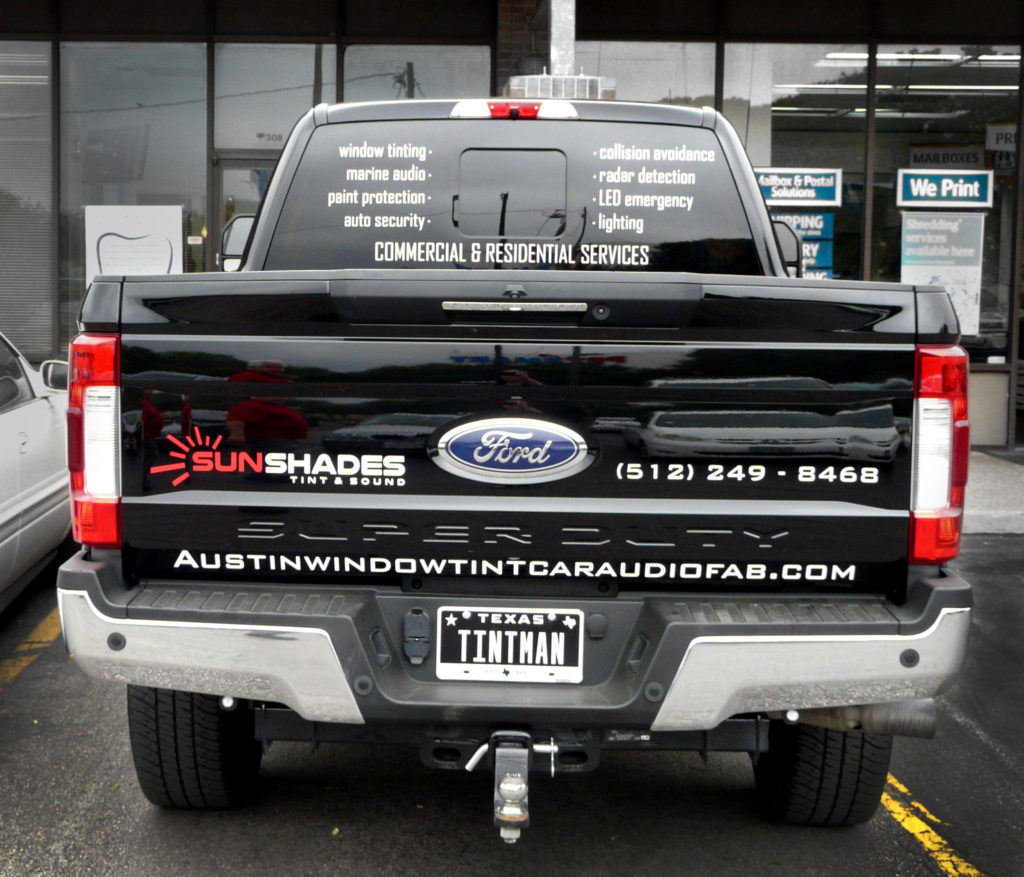8 Things You Didn’t Know About Google’s Search Ranking
Source
Google’s algorithm is constantly changing and evolving to give users the best experience. We hate to break it to you, but if you’re not on the first page of Google’s search results, you’re losing sales to your competitors.
Did you know that 97% of consumers don’t click past the first page? (It’s probably not a surprise to you unless you’re in that 3%.)
Google’s algorithm uses over 200 factors to rank websites and pages. We are all aware of the common search ranking factors that Google favors, such as fast page load times, backlinks, making your site secure, and building websites that are mobile-friendly.
There is more, however, that you can be doing to improve your search ranking. We’ve researched eight additional steps you can take that are important, but often overlooked by website owners and developers.
Improved rankings for in-depth content
Length is strength — that means longer content tends to dominate search engine results these days and has greater SEO power. With longer posts, you have more opportunities to use keywords, thereby increasing your chances of ranking higher up in search engines.
However, filling your pages with keywords or numbers can result in a negative experience. Focus on creating content that is useful and information-rich. Lengthy and detailed posts attract natural backlinks and shares.
Does Google have a specific length requirement? No, of course not. But according to Blue Corona, “the average content length for a web page in the top 10 results for any keyword on Google has at least 2,000 words.”
Fresh content advantage
When you publish fresh content on your site, Google gives your webpage a score. Of course, over time this score will dwindle and your site will require fresh content.
Regularly updating your site with relevant, well-researched, and in-depth content should give you improved rankings and more organic visitors from Google.
In order to continually increase your “freshness factor” on Google, we recommend adding new content once a week or even on a daily basis.
Brand awareness in your anchor text
One of Google’s more recent algorithm changes supported a shift towards brand names in anchor text. What does this mean?
The anchor text—that is, the text that people see when you post a hyperlink—should include brand names as well as search term keywords and words not associated with either brands or search term keywords.

You have plenty of options for anchor text, and you need to include a lot, if not all, of them to make Google’s algorithm happy.
Here are some examples of ways you can incorporate branding into anchor text.
So how intensely should you brand your anchor text? According to Moz, for every 10 anchors, 3 should include branding.
Optimized images
Is your website full of beautiful images? If so, you want to make sure they’re optimized because you could be missing out on ranking opportunities.
Images are important for users during their search, however, pictures are still difficult for search engines to make sense of. By optimizing your photos you will improve your user experience. Here are a few ways to optimize your photos:
- Reduce the file size for faster loading times
- Choose a descriptive filename that includes keywords you’re trying to rank for
- Include a caption that can help consumers find what they’re looking for more easily
- Add an alt tag to help search engines understand what the image is about.
- Give a title to your image to provide additional information for a better user experience.
Bullets and Numbered Lists
Bullets and numbered lists allow readers to scan your content quickly. This user-friendly approach makes your content more readable, and search engines like Google pick up on that.
Lists also help make your text stand out from the rest, just make sure you don’t overdo it–too many bullet points can have the opposite effect and be overwhelming to the reader.
Quick tip: use your lists as an opportunity to link out to other relevant pages on your site. Your readers will appreciate this and search engines will be likely to reward you.
Contact Us Page
Websites that have sufficient contact information are considered to be more trustworthy and therefore may rank higher in search engines.
Google’s Quality Document states that they prefer sites with an “appropriate amount of contact information”. Make sure your contact information is thorough and complete and that it matches your whois info, which is a method of checking information about ownership of a domain name.
Bonus points: add a well designed contact form to your contact us page. This will help you generate new business opportunities, capture new leads, and improve customer service.

Zgallerie.com gives customers multiple ways to contact customer service including their phone number, address, and email address.
YouTube
YouTube is the second most visited site on the web, right after Google. Because Google owns YouTube, it’s natural to assume videos are given preferential treatment in search engine results, an assumption supported by Search Engine Land.
Search Engine Land found that YouTube.com traffic increased significantly after Google’s 2011 Panda update (a series of search filters put in place to reward high quality sites and stop sites with poor quality content from working their way into Google’s top search results). YouTube is recognized as a high quality site, which means embedding a YouTube video on your website will help your site rank higher on Google.
Websites or pages with lots of comments may be a signal of user-interaction and quality. According to ShoutMeLoud, meaningful comments on your blog help improve the overall quality of the content and your page ranking. However, irrelevant comments on your blog posts tend to do more damage than good. Sure, more comments may look good, but if the comments are spammy or filled with broken or unrelated links, they can actually hurt your ranking.
Gary Illyes from Google has said that having a healthy, thriving community helps with rankings. This community of users is more likely to engage with your site and leave relevant feedback and comments. Keep in mind, these quality comments can help you gain more organic traffic.
Wrapping up
Since Google is the number one most visited site, you want to make sure you’re doing as much as you can to stay at the top of the their search rankings. And with over 200 ranking factors to consider when building your website, it’s almost impossible to keep up. Making sure your website has not only the basics, but also implementing little tricks that not many website owners are aware of, will help your website get closer to that first page ranking in Google.


















